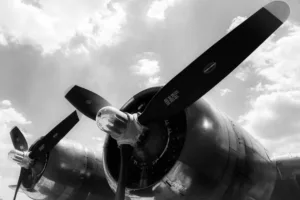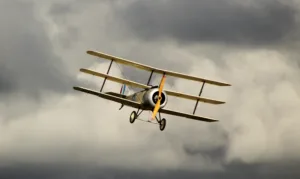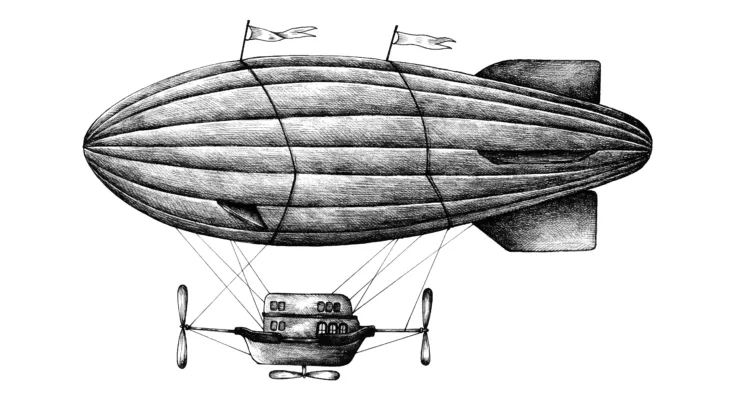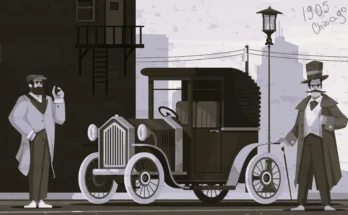With the invention of the airplane by Orville and Wilbur Wright, two brothers, there was a historic achievement in human innovation and exploration. Their indefatigable drive for flight transformed the transport, communication and even the texture of modern society itself. In this paper, we will look at the rationale that led to the invention of flying machine by Wright brothers. We will discuss their plight, roadblocks and legacy left behind by explorative nature of these great men.
The Wright Brothers’ Background
Orville and Wilbur Wright, who lived in the late nineteenth century grew up in Dayton, Ohio. Their childhood was shaped by their parents, who fostered curiosity and learning. An early interest in mechanics and engineering developed among the brothers, resulting in an ever-deepening interest in aeronautics.
Early Fascination with Flight
From the beginning, Wright brothers had been fascinated by flying. Taking cue from the work of aviation pioneers such as Sir George Cayley and Otto Lilienthal, the brothers became passionate about birds and the dynamics of aerodynamics. They identified the importance of learning powered flight and aimed to add a piece to the puzzle that had captivated humankind for centuries.

The Quest for Controlled Flight
Whereas others had endeavored to construct flying machines, the Wright brothers sought to develop controlled and sustained flight. They identified the problems associated with attaining equilibrium and command in the air which were critical elements that had escaped most men before them. Through painstaking research and experimentation, the brothers strived to unravel the mysteries of controlled flight.
Trial and Error
The path to the creation of an airplane was littered with difficulties. The Wright brothers suffered many failures and losses while trying to fly. They distinguished themselves in commitment to scientific principles and rigorous testing. They used gliders to perfect their knowledge of aerodynamics and control, lessons that eventually would result in the creation of a viable powered aircraft design.
The Wright Flyer: Achieving the Dream
On December 17, 1903 at Kitty Hawk, North Carolina, the Wright brothers realized their dream of powered and controlled flight. That day their revolutionary aircraft, the Wright Flyer, made four historical flights and Orville and Wilbur alternated as pilots. This unprecedented feat brought forth the dawn of modern aviation and revolutionized history.
The Impact of the Airplane
The advent of the airplane had far reaching effects. It changed the way people moved, linked societies, and crossed great gaps. Aviation was a driving force for economic development, trade, and cultural interaction. Airplane changed our century and still continues changing the 21stcentury.
Conclusion
The invention of the airplane by the Wright brothers is a manifestation of man creativity and persistence. Their daring spirit not only satisfied a long-held vision shared by mankind but also opened the gates to an age of discovery and global intercourse. Their vision and perseverance continue to propel us further, higher than the Wright brothers could ever have imagined.

FAQs
Q: What motivated the Wright brothers to create an airplane?
A: The Wright brothers were motivated by this intense fascination with flight and the wish to obtain ‘controlled sustained’ flight. In other words, they aimed to contribute to the everlasting human desire for dominating the sky in accordance with the ideas of previous figures from aviation sphere.
Q: What inspired the Wright brothers to take up aviation?
A: The Wright brothers were driven by curiosity for science, a love of mechanics, and an interest in flying. However, their education was a decisive factor that contributed significantly to the formation of interests.
Q: How did the Wright brothers face the challenges of aviation?
A: Wright brothers met the challenges of aviation with scientific interest, using working out procedures and organized experiments. They learned through failures, refined their designs, and became better at understanding principles of aerodynamics and control over time.
Q: What was the part of the Wright Flyer in aviation history?
A: The first successful powered, controlled flight in history was achieved with the Wright Flyer, the aircraft used by the Wright brothers for their historic flights of 1903. It was a prototype of subsequent aircraft and established the basis for modern aviation.
Q: What were the social implications of the airplane?
A: Development of the airplane greatly changed society. It changed transportation making the world more reachable and integrated. Aviation revolutionized the globe by becoming a catalyst for economic advancements, global trade, and cultural diversity that shaped the twenty-first century.




